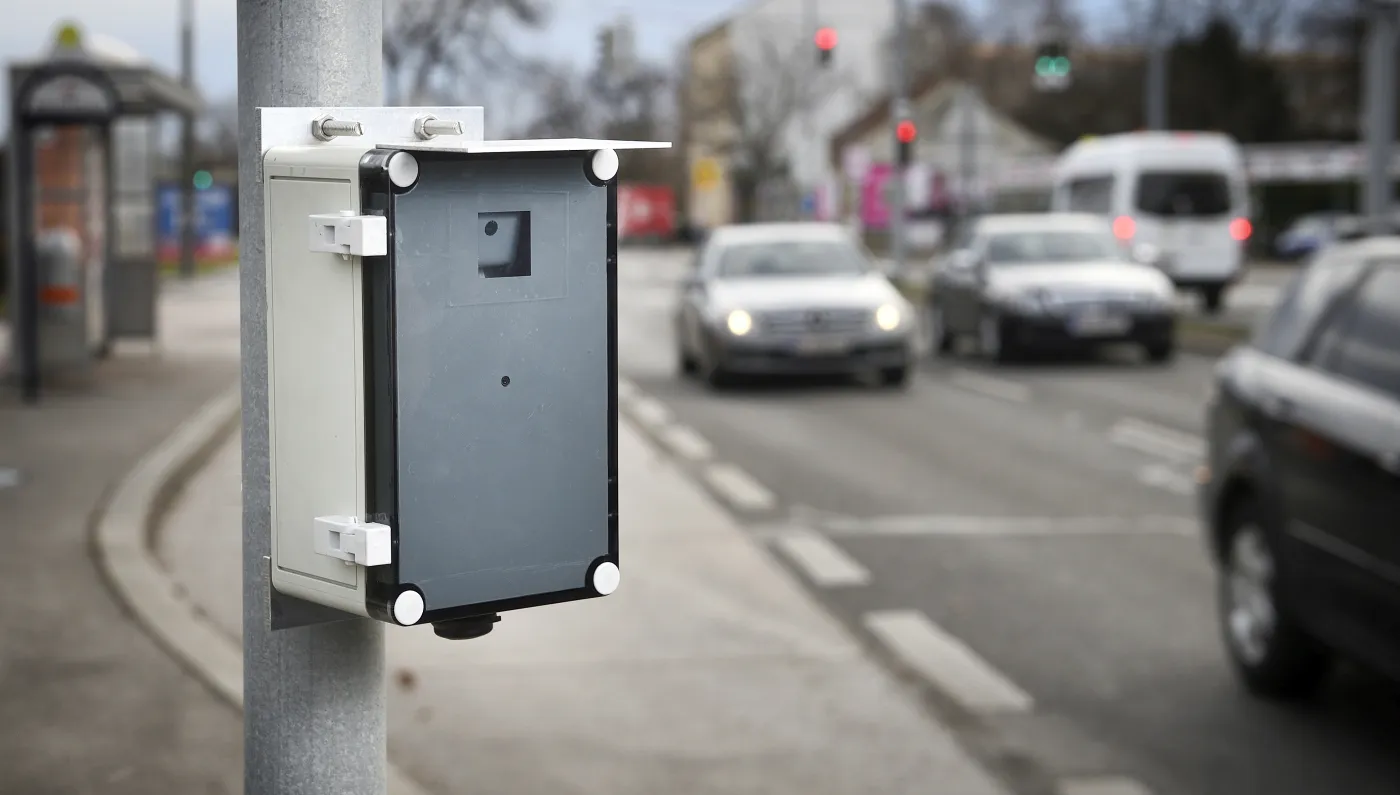
Cohda Wireless has added tools and applications as well as a virtual simulation (vsim) tool to its Cellular Vehicle to Everything (C-V2X) software development kit (SDK).
The Cohda C-V2X SDK is a virtual machine that allows those with previous embedded Linux experience to quickly compile and run C-V2X applications in conjunction with C-V2X development platforms, the company adds.
Fabien Cure, chief engineer, said: “The functional benefits of this SDK, especially the vsim component, have significant tangible value in the C-V2X ecosystem.”
The SDK includes source code for red light warning and road side alert to demonstrate the various application programming interfaces and enable quick application development.
It also features binaries for applications such as forward collision warning, emergency electronic brake light, curve speed warning and blind spot warning.
The SDK binaries also take in warnings - for hazard location, abnormal vehicle and red light violation - which are specific to the Chinese market.
This is a significant area for the Australian firm.
Cohda's V2X solutions are tech-agnostic but Dr Paul Alexander, the company's chief technical officer, recently spoke to ITS International about how, in the competition between dedicated short-range communications and C-V2X, “China will be a C-V2X world”.
Cohda has a presence in Shanghai and last year announced its C-V2X software stack is compliant with Chinese standards and specifications via the IMT-2020 (5G) certification.
This is one of the interoperability standardisation processes that is likely to be adopted with others including the CAICV of the China Society of Automotive Engineers.










